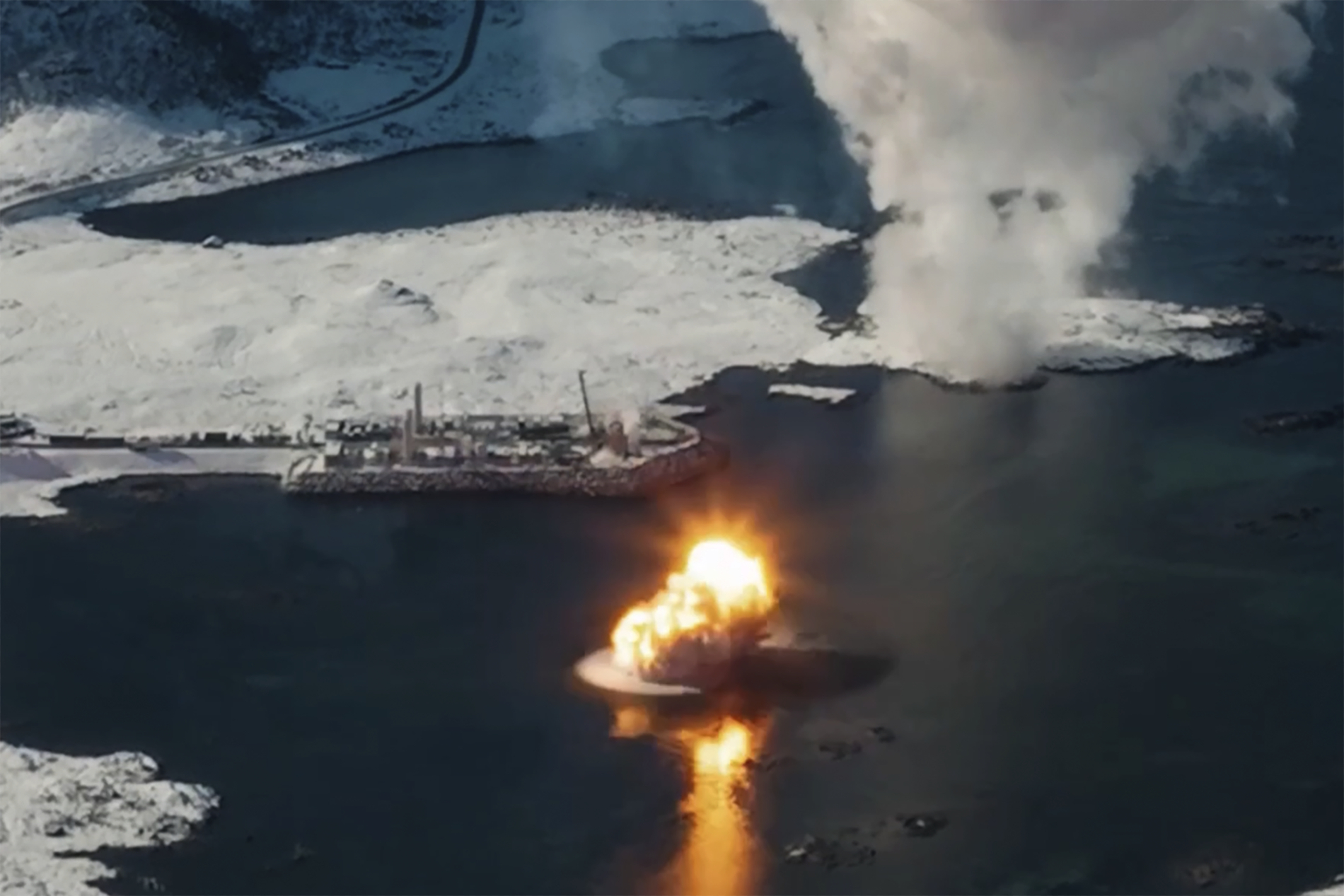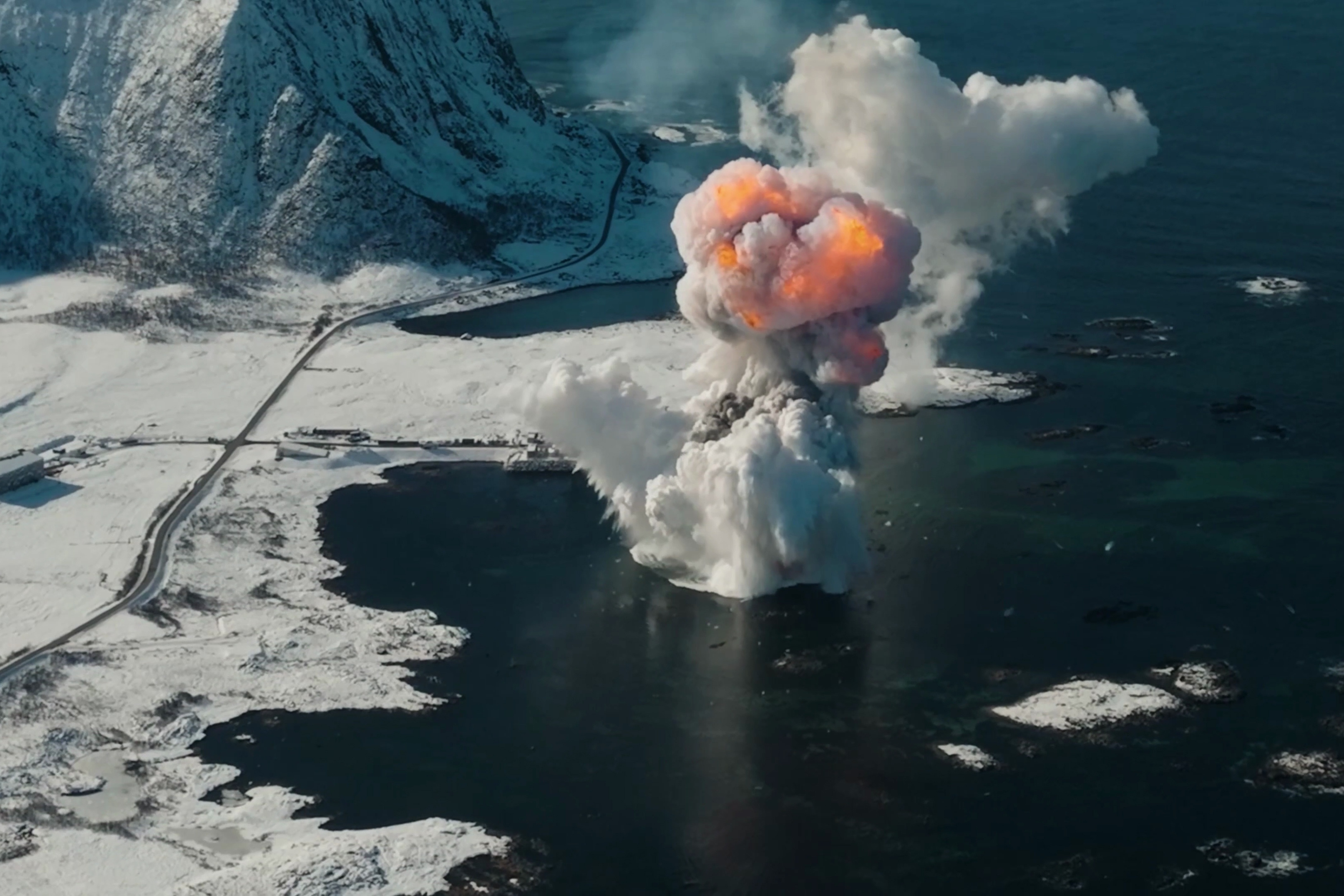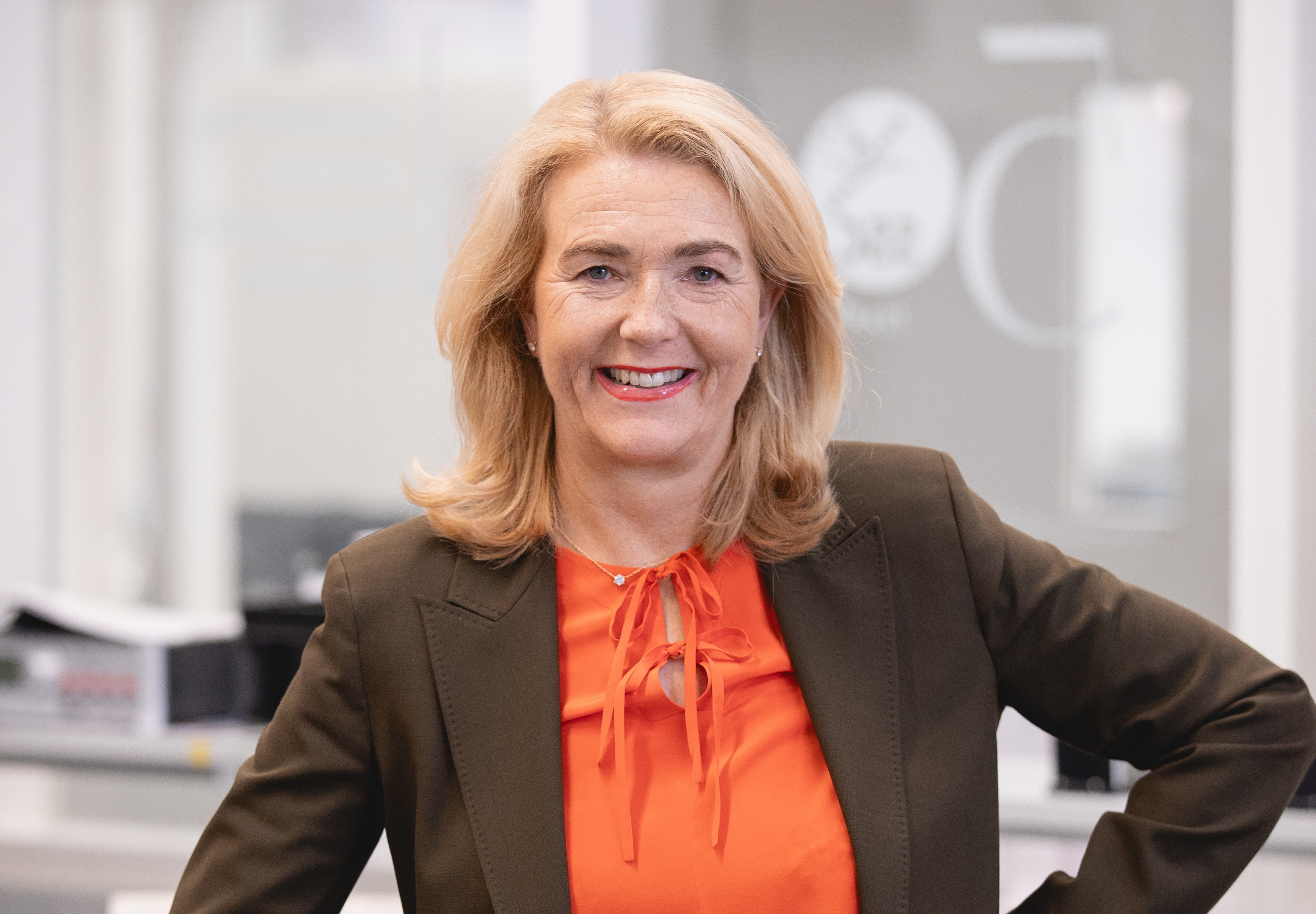The hot phase of the European space race started with the wrong kind of bang. A German rocket, touted as the Continent’s first attempt at an orbital launch from its own soil, took off from Andoya in the Arctic north of Norway but lost power after a few seconds, briefly hung in mid-air then smashed into the sea.
The incident in March involving the Spectrum rocket made by Isar Aerospace may have been an inauspicious beginning, but it heralded a revolution in Europe’s space sector — and a new source of conflict and competition.
Following mounting concern over reliance on American satellite constellations such as Elon Musk’s vast Starlink network, the Europeans are pouring billions into plans to put their own communications and surveillance systems into orbit.

The Spectrum rocket lifts off
ISAR AEROSPACE/WINGMEN MEDIA/AP

Seconds later, it fails and falls into the sea, exploding on impact
AP

It sends up a huge jet of water as a fireball expands
EPA
Central to these efforts is the need for a spaceport in mainland Europe as a cheaper and more accessible alternative to the present launch site, which is more than 3,000 miles away in the South American French department of French Guiana.
While there are candidates in the UK and Portugal, including Cornwall, Sutherland and Glasgow Prestwick, the leading contenders are Andoya in Norway and Esrange, near Kiruna in northern Sweden, which lie 190 miles and 124 miles above the Arctic Circle respectively.
The tussle between the two is spilling over into a diplomatic stand-off as Norway seeks to block the launches from Sweden.
The Norwegian aerospace regulator has published a report that warns of severe consequences should rockets from Kiruna crash on their flight path across northern Norway.
Any such failure, it said, would run the risk of costing human lives, damaging Norwegian oil and gas facilities or other critical infrastructure, polluting the water table or affecting local industries such as fishing, tourism and aviation.
“The safety of Norwegian citizens is our highest priority,” said Tuva Bogsnes, a Norwegian foreign ministry official. “All space and air activities in Norway must be conducted safely, regardless of whether they are carried out by Norwegian or foreign actors.”
She added: “There is a need for consent from, and co-operation with, Norwegian authorities due to the risk and potentially serious consequences that Norway would be exposed to by such launches.”
Swedish political leaders bristled at what they cast as an unfriendly attempt to grab a “veto” over the crown jewels of their space industry, suggesting that the safety report was riddled with “inaccuracies, exaggerations, interpretations and conclusions that are not based on factual information”.
• Shetland Islands spaceport heading for first British blast-off
At stake is not only a significant slice of a global space market that is forecast to be worth more than a trillion pounds a year by the mid-2030s, but the future of the Esrange spaceport, which is run by the Swedish Space Corporation (SSC) and sprawls over an area three times the size of Greater London near the iron-mining town of Kiruna.
The facility has been used for suborbital rocket launches since the 1960s but was formally upgraded into a spaceport two years ago and aspires to become a hub for small satellites.
While Andoya has edged into an early lead with the test launch in March, Charlotta Sund, the chief executive of SSC, said the Swedish spaceport was “well on the way” to an orbital launch of its own and should be “up and running within a couple of years”.
Later this year, it is expected to host the first test launch for the Themis programme, Europe’s attempt to develop a reusable rocket.

This is not just a squabble over commercial benefits, it is also a question of security. “I don’t think European citizens realise how much we depend on our satellites,” said Lucía Linares, head of strategy and institutional launches at the European Space Agency. “It goes from ‘I take my mobile phone and I’m calling you right now’ to ‘I need to get out of the metro and find my way, so I use an app for navigation that’s also relying on satellites’.”

A rocket launches from the Esrange spaceport in Sweden
SSC
Last year, the US sent 145 rockets into orbit, while Europe collectively managed only three. With access to crucial American space services such as Starlink becoming increasingly fraught, this lack of domestic capacity has come to be regarded as a serious strategic vulnerability.
Linares said: “I think with the current political context, which is shifting very quickly and where there are many unknowns, each country wants to be resilient. Indeed, this need for independence has even increased.”
• France aims for space race’s upper crust with Baguette One rocket
Lately, the Swedish side has taken a more conciliatory tone in the dispute with Norway. Jessica Rosencrantz, Sweden’s Europe minister, said her government wanted to find a “good co-operative solution that safeguards both Norwegian and Swedish security”.
Sund offered reassurances that the Norwegians had nothing to fear from a misfiring rocket and said all launches would be “conducted in a high-quality, safe and correct manner”.
As Nato pushes for an “aggressive timeline” on Europe’s first orbital launch, however, it remains clear that this spaceport rivalry is a race with significant implications for the rest of Europe.
